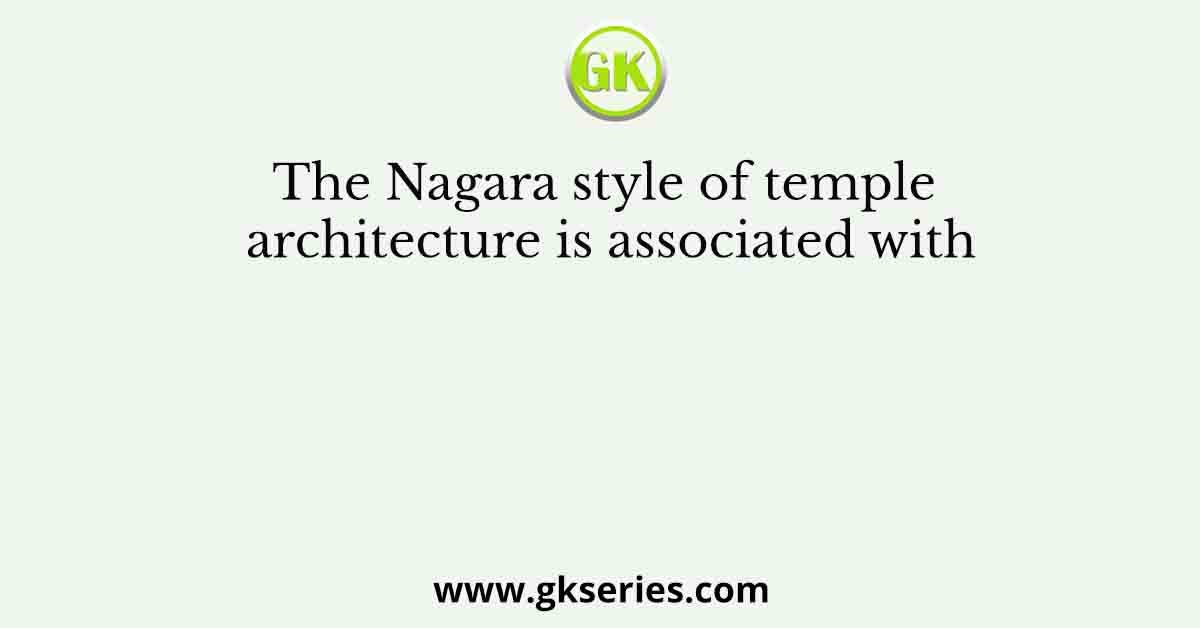
Q. In the Harappan buildings mostly burnt bricks were used, not stones, because
(a) Without iron tools stone-cutting was difficult
(b) Bricks provided better flood defence
(c) Bricks were ideally suited for the moist climate
(d) Stone was not readily available
Ans: (d) Stone was not readily available
Explanation: The correct answer is (d) Stone was not readily available.
The use of burnt bricks in Harappan buildings was primarily due to the lack of easily accessible stone resources in the region. The Harappan civilization thrived in the Indus Valley, which is characterized by alluvial plains and river systems. Stone resources, particularly large and easily workable stones suitable for construction purposes, were scarce in this area.
The absence of advanced iron tools during the Harappan period also played a role in the preference for bricks over stones, as cutting and shaping stones without such tools would have been difficult and labor-intensive. However, it is important to note that the primary reason for using bricks was the scarcity of stone rather than the absence of iron tools.
Additionally, burnt bricks provided certain advantages over stone. Bricks are uniform in shape and size, making construction easier and more standardized. They also have good load-bearing capabilities and are resistant to water damage, which would have been beneficial in the moist climate of the Indus Valley. However, these factors were secondary to the availability of suitable materials.





